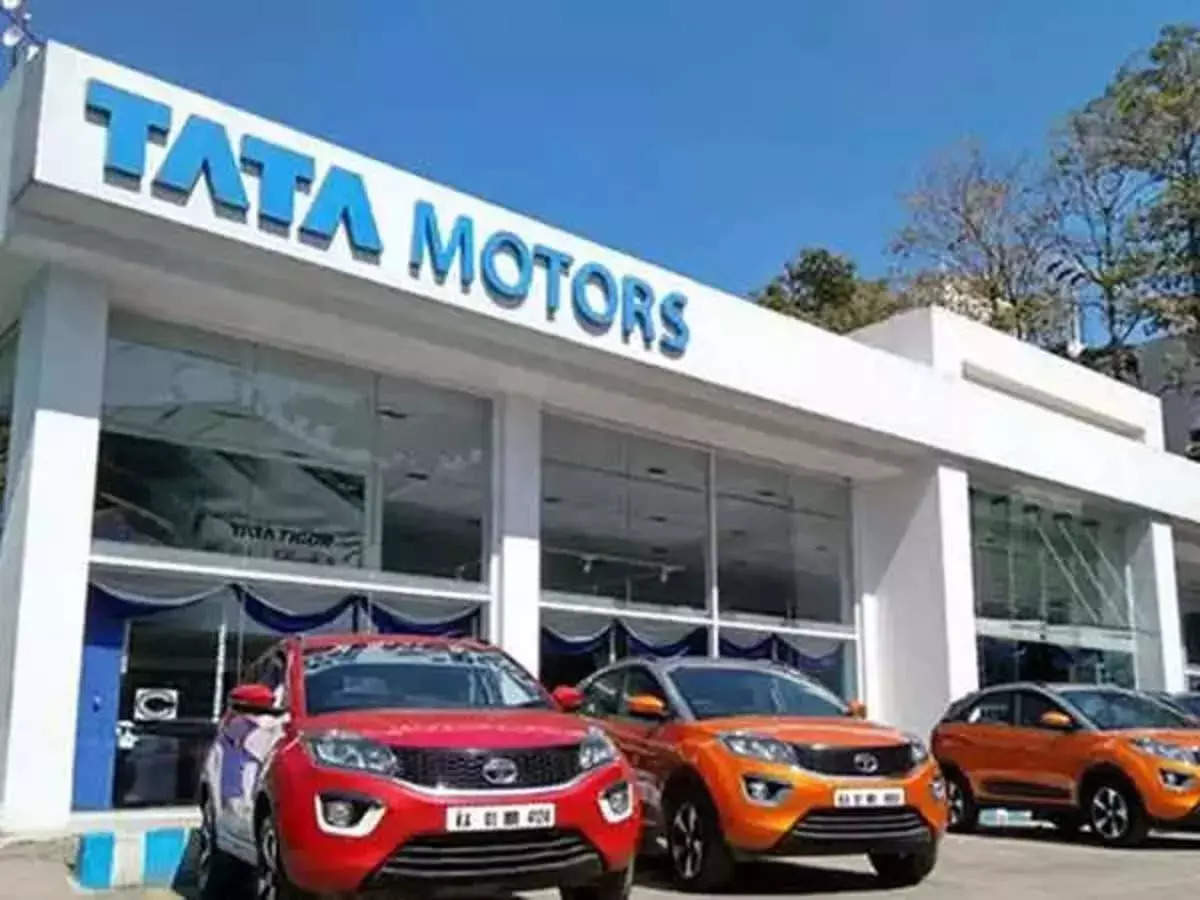On whether the frequent product actions can make the year a record one for the PV business, he said, “That’s the aspiration.”
Steering clear of making any projections on numbers, he said the company’s growth will be faster than the industry.
People aware of the firm’s internal targets said Tata Motors is looking to grow sales by 10% in 2024. It expects sales in 2023 to grow 5% to 550,000 passenger vehicles, which will be the highest for a year so far.
After a scorching pace of growth seen in the last fiscal year ended March 31, 2023, when passenger vehicles sales in India grew 26% to 3.8 million units, the segment is projected to end FY24 with moderate growth of 6-8%.
Unlike rivals Maruti Suzuki, Hyundai Motor India and Mahindra & Mahindra, which all introduced new models in the last two years that drove their sales, Tata Motors relied on the introduction of new powertrains like CNG and electric, and special edition models to drive sales. The Punch small SUV, launched in August 2021, was the last new brand to be added to its PV portfolio. Even the mid-cycle model refreshes, which are critical in boosting sales, kicked in only at the fag end of the year with the facelifts of the Nexon, Nexon ev, Harrier and Safari. The new Nexon and Nexon.ev, launched in September and October, respectively, have got combined bookings in excess of 100,000 units — 85,000 for the fossil fuel version and rest for the electrified one, said Chandra.
Commenting on the EV market, he said led by the addition of new and more affordable models, improving charging infrastructure and continued government support, EV sales remain strong.
Sales of electric cars in India rose 77% from a year earlier to 7,064 units in November, said the Federation of Automobile Dealers Association. Of this, the share of Tata Motors was about 69%.
As more models at new price points get added, the volume is expected to expand. For Tata Motors, the addition of new models — which are projected to run more than 500km on a fully charged battery — will take care of the range anxiety for inter-city travellers. The company is on track with plans to have 10 EV models by 2026.
“With the mix getting richer, we expect revenue in the EV business to improve. Even the profitability will as battery prices have been coming down,” Chandra said. A rapid pace of localisation, in addition to the new generation aggregates which are more cost effective, less on cost, will also help profitability, he said.
With the growing volumes, Tata Motors is embarking on a differentiated distribution for its EVs. It will launch India’s first dedicated EV outlet in Gurgaon on Thursday.








